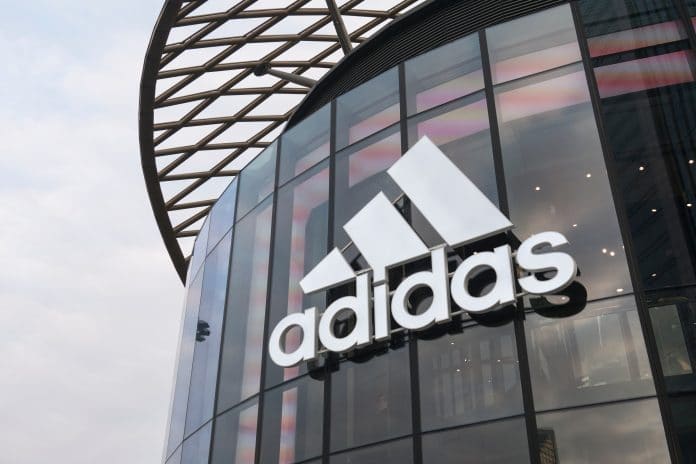In my previous article ‘Bringing the dough back to doughnut towns‘, I looked at the hollowing out of the high-street due to the growth in out-of-town shopping centres and online shopping. This month, I would like to take a closer look at how certain retailers are improving their in-store experience to bring shoppers back to the high street, and how other brands can learn from their developments and save our physical stores.
The start of the year was a turbulent time for the industry, as seen with Comet, Jessops, HMV and Blockbuster falling into administration. Competition from online discounting, combined with the economic downturn, has made traditional retailing challenging. But that‘s not to say bricks-and-mortar retail is not needed – it‘s simply failing to evolve in line with the changing needs of consumers. Ask any group of residents if they still want a physical presence from retailers and they will come back with an overwhelming ‘yes‘. If all the shops which sell music and film disappear, for example, where will we go to buy a physical copy on a whim at the last minute?
There is an opportunity for retailers to mitigate risk and get their customer engagement right. The key is adaptation and innovation – with these, high streets can become a central part of the future of their communities as they were in the past. But, it requires retailers to take on board key learnings found in other parts of the market to transform town centres into places which are relevant to today‘s modern day shopper.
Retailers in some of the UK‘s busiest high streets are bucking the trend, building strong secure futures for themselves. Many of these have invested heavily in technological advancements to improve their in-store experience, breaking down barriers between online and offline worlds. Innovative in-store technology is being used to capture the attention of shoppers, and luxury brands in particular are going the extra mile to create a truly distinctive setting.
Indeed, luxury fashion brand Burberry has used technology to increase customer interactivity and create a sense of excitement in-store. The launch of its flagship store in Regent Street aims to replicate all the elements found on Burberry World, the brand‘s online shopping experience, at burberry.com.
Full-length screens wrap the store, transitioning between audio-visual content displays, live-streaming hubs and mirrors. Clothing in the store is embedded with chips which can be read by screens and mirrors using radio-frequency identification technology. The aim of these efforts, says Burberry chief creative officer, Christopher Bailey, is to bring its online brand environment: “to life in a physical space for the first time.”
Another great example is Victoria‘s Secret, the lingerie and women‘s clothing brand, when it launched its flagship store in London last year. On opening day, the retailer unveiled a video wall made up of 30 digital screens for customers to watch live feeds to the latest catwalk shows. Digital screens are also integrated into the shop fitting, including cash areas, ensuring the whole store has a digital look and feel.
Marks and Spencer (M&S) has also recently installed virtual mirrors to coincide with its virtual mirror application available on its website. The service enables customers to see in-store what a particular shade of eyeshadow, for example, looks like without physically trying it on. Vipanj Patel, CEO of TAAZ, which owns M&S, said in a statement: “The days of old-fashioned dressing rooms are numbered.”
As Burberry, Victoria‘s Secret and M&S show, the high street is changing and other retailers must adopt new innovations to meet the demands of today‘s mulitchannel consumer. However, these brands must choose their channels carefully, as installing technology in multiple stores which is seen as unnecessary by consumers could prove very wasteful. Sm
RELATED STORIES

















